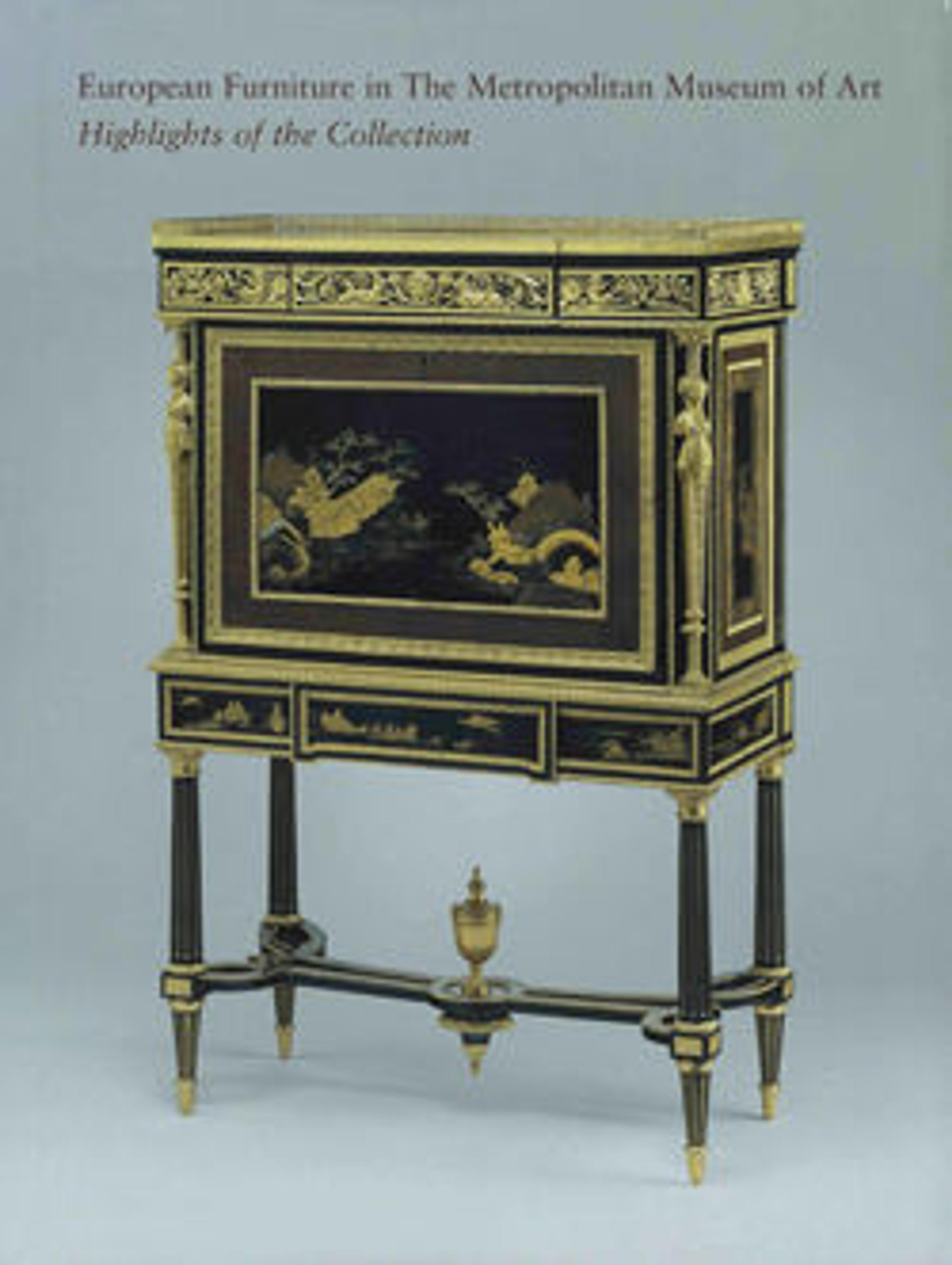
European Furniture in The Metropolitan Museum of Art: Highlights of the Collection
This beautifully produced volume is the first to survey the Metropolitan Museum's world-renowned collection of European furniture. One hundred and three superb examples from the Museum's vast holdings are featured. They originated in workshops in England, France, Germany, Italy, the Netherlands, Austria, Russia, or Spain and date from the Renaissance to the late nineteenth century. A number of them belonged to such important historical figures as Pope Urban VIII, Louis XIV, Madame de Pompadour, and Napoleon. The selection includes chairs, tables, beds, cabinets, commodes, settees and sofas, bookcases and standing shelves, desks, fire screens, athéniennes, coffers, chests, mirrors and frames, showcases, and lighting equipment. There is also one purely decorative piece, a superb vase made for a Russian noble family who, according to one awestruck viewer, "owned all the malachite mines in the world." The makers of some of the objects are unknown, but most of the pieces can be identified by label, documentation, or style as the work of an outstanding European designer-craftsman, such as André-Charles Boulle, Thomas Chippendale, David Roentgen, or Karl Friedrich Schinkel.
Met Art in Publication
Citation
Metropolitan Museum of Art (New York, N.Y.), Daniëlle O. Kisluk-Grosheide, Wolfram Koeppe, William Rieder, and Joseph Coscia, eds. 2006. European Furniture in the Metropolitan Museum of Art: Highlights of the Collection. New York : New Haven: Metropolitan Museum of Art ; Yale University Press.